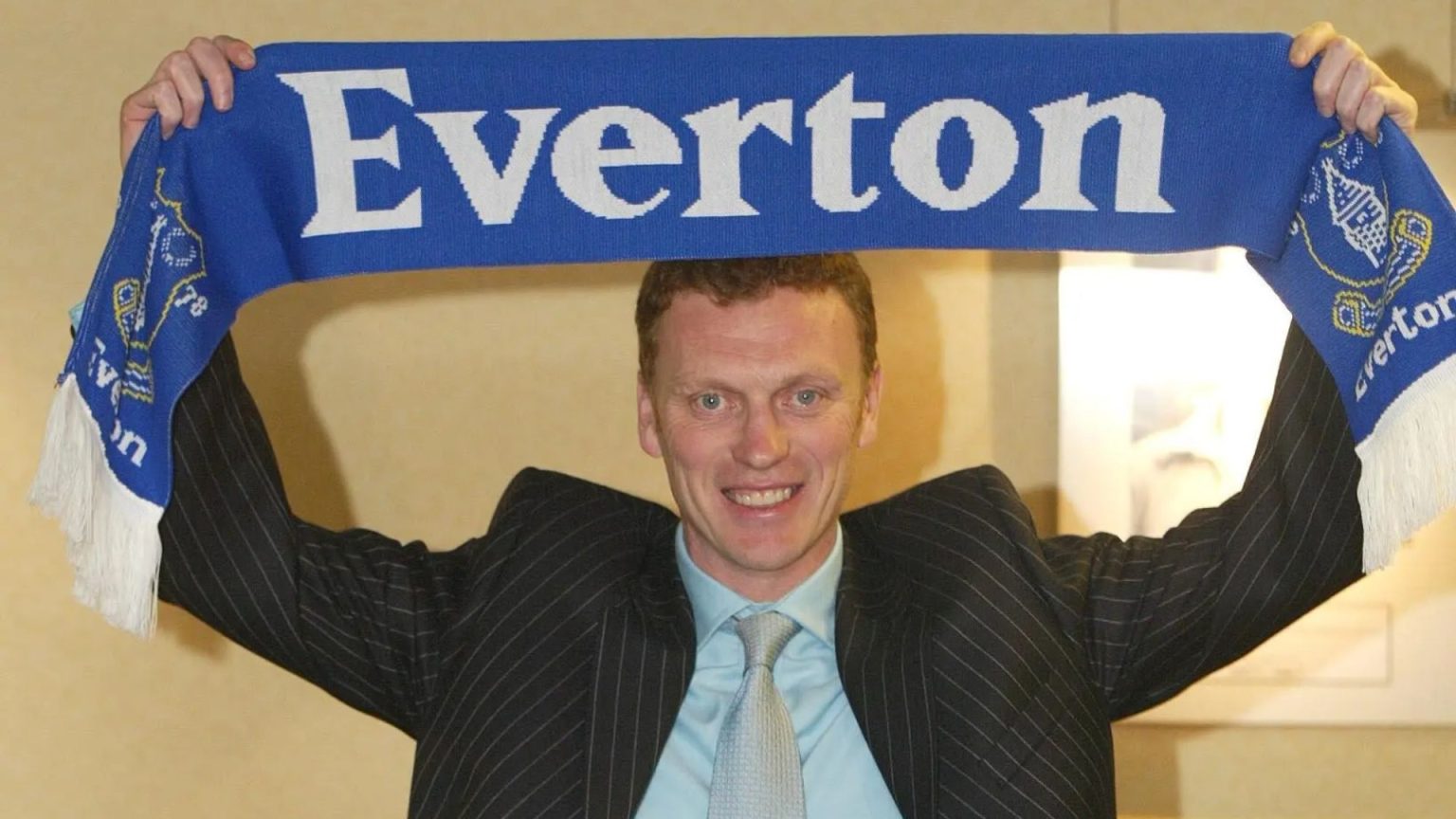David Moyes’s surprise return to Everton marks a reunion with the club he managed for 11 years before departing for Manchester United in 2013. His reappointment comes after a period of instability and struggle for the Toffees, who currently sit precariously close to the relegation zone. Moyes, whose second spell at West Ham concluded in the summer, acknowledged the unexpected nature of his return, highlighting that he hadn’t anticipated a managerial change at Everton so soon. He admitted to having considered several other job opportunities since leaving West Ham but felt this particular challenge was too significant to decline. The allure of Everton, a club he nearly rejoined on several previous occasions, proved irresistible. Moyes emphasized his desire to demonstrate his managerial prowess once again, referencing his successful return to West Ham, where he guided the team to a European trophy.
Moyes’s return to Finch Farm, Everton’s training ground, evoked a sense of nostalgia. He recalled his first day as a young manager, facing a dressing room filled with established stars like David Ginola and Paul Gascoigne, feeling almost intimidated by their presence. Now, returning with considerably more experience and recognition, he expressed confidence in his ability to connect with the players and build a strong working relationship. He acknowledged the challenging circumstances Everton has faced in recent years, commending the resilience of those who navigated the club through this difficult period. He emphasized his aspiration to contribute to Everton’s revival and restore its former glory.
The immediate priority for Moyes is to steer Everton away from the relegation zone and ensure their Premier League survival. He faces a daunting task, inheriting a team struggling for form and confidence. Moyes, however, is determined to make a swift impact and replicate the success he achieved in his first spell at the club, where he consistently led Everton to top-half finishes and challenged for European qualification. He aims to implement his strategies quickly, recognizing that he won’t have the luxury of the 11 years he enjoyed in his previous tenure. The new stadium at Bramley-Moore Dock, a symbol of Everton’s ambition, serves as a powerful motivator for Moyes, who is determined to ensure the club moves into their new home as a Premier League team.
The impending January transfer window offers Moyes an opportunity to reshape the squad and address the team’s weaknesses. He acknowledged the “damage” done over a prolonged period and emphasized the need to bring in “elite players” to match the ambition of the new stadium. He aims to recreate the atmosphere of his previous era, where Everton consistently challenged the top teams and competed for European places. Moyes draws inspiration from his experience at West Ham, where he quickly turned the team into a competitive force. He intends to replicate this rapid transformation at Everton, recognizing the urgency of the situation.
Moyes’s previous spell at Everton was marked by near misses, including a controversial Champions League play-off defeat to Villarreal in 2005, a moment that still resonates with him. This time around, he is determined to overcome such obstacles and guide Everton back to European competition. He highlighted the progress he made in his first stint, taking Everton from relegation contenders to consistent top-half finishers. He aims to replicate this trajectory, starting with securing the club’s Premier League status and then building towards a brighter future.
The return of David Moyes to Everton is a story of second chances and unfinished business. He arrives with a renewed sense of purpose and a determination to restore the club to its former glory. The challenges are significant, but Moyes’s experience, combined with the backing of the new owners and the prospect of a new stadium, provides a foundation for optimism. The coming months will be crucial in determining whether “The Moyesiah” can deliver another miracle at Goodison Park. His immediate task is to stabilize the team and steer them away from the relegation zone. The long-term goal is to build a competitive squad capable of challenging for European places once again. This is a story of redemption, ambition, and the enduring bond between a manager and a club.


